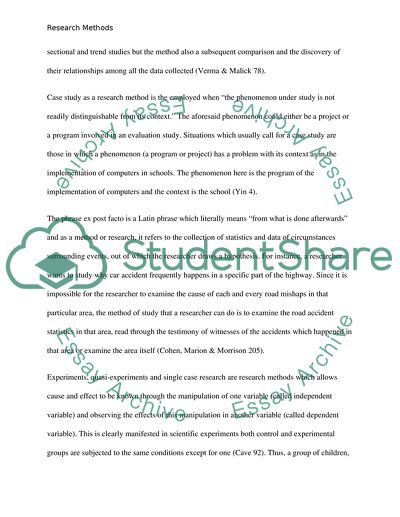Cite this document
(Research Methods in Education Case Study Example | Topics and Well Written Essays - 4750 words, n.d.)
Research Methods in Education Case Study Example | Topics and Well Written Essays - 4750 words. Retrieved from https://studentshare.org/education/1715974-rmethods
Research Methods in Education Case Study Example | Topics and Well Written Essays - 4750 words. Retrieved from https://studentshare.org/education/1715974-rmethods
(Research Methods in Education Case Study Example | Topics and Well Written Essays - 4750 Words)
Research Methods in Education Case Study Example | Topics and Well Written Essays - 4750 Words. https://studentshare.org/education/1715974-rmethods.
Research Methods in Education Case Study Example | Topics and Well Written Essays - 4750 Words. https://studentshare.org/education/1715974-rmethods.
“Research Methods in Education Case Study Example | Topics and Well Written Essays - 4750 Words”, n.d. https://studentshare.org/education/1715974-rmethods.


